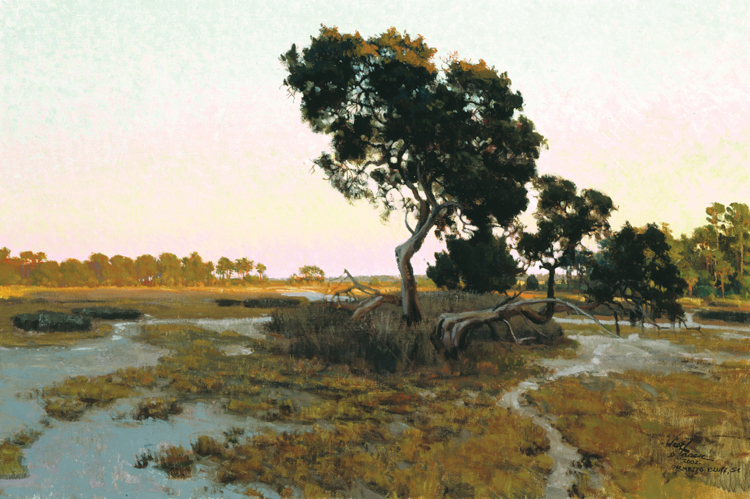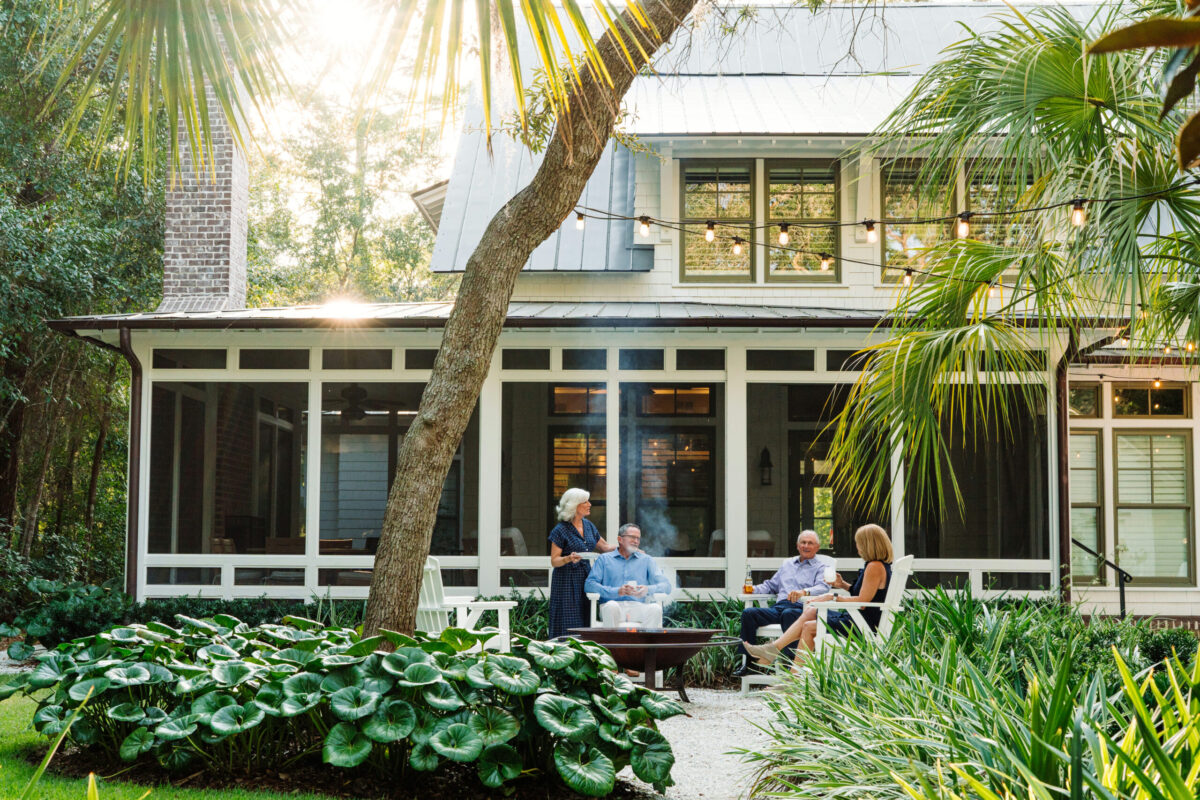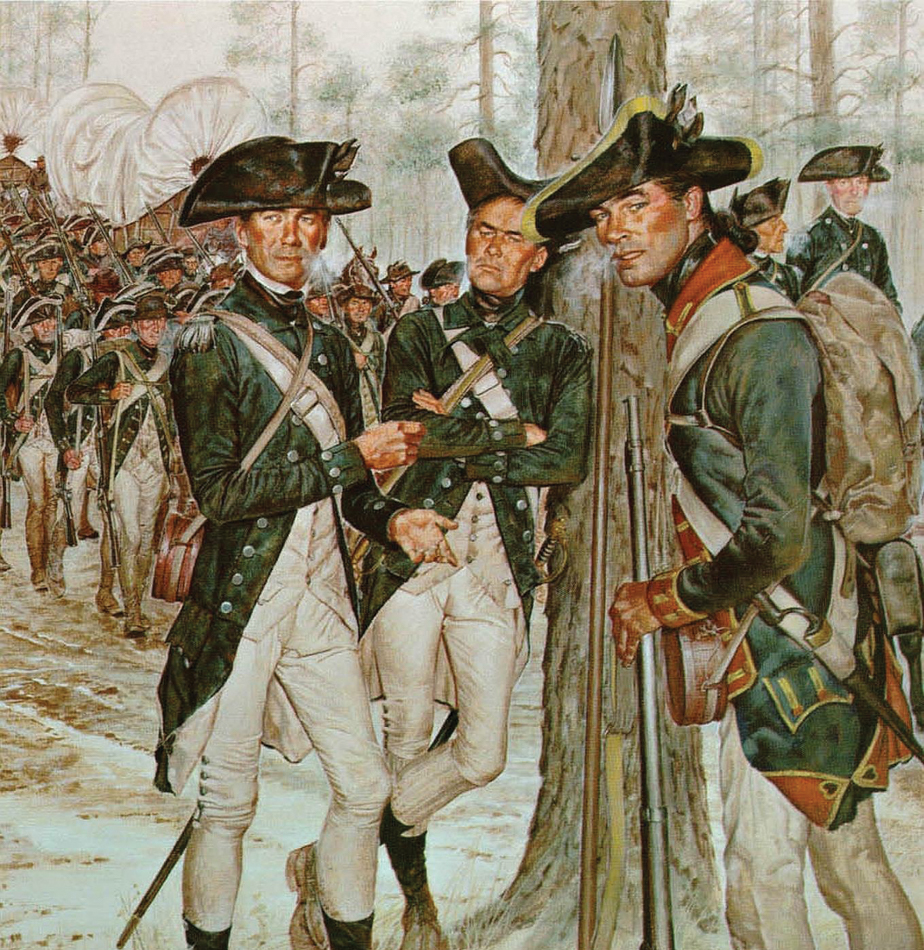Palmetto Bluff Real Estate Company Sales Office
Office Hours
Monday-Friday 9am - 5pm
Saturday 9am - 4pm
Sunday 12 - 4pm
Saturday 9am - 4pm
Sunday 12 - 4pm
Justin Hardy, the Conservancy land & wildlife manager, has been hard at work studying and implementing new techniques to improve the quality of the Conservancy’s food plots. The 2020 winter season has seen a “no-till” method adopted for planting this year’s food plots. No-till leaves the ground undisturbed which keeps the soil biome from being reset as it would with traditional tilling practices. This undisturbed microorganism community in turn has a positive impact on the germination and growth of the seeds the Conservancy sows.
The new method has certainly been a case of “the proof is in the pudding,” as the winter food plots formed a lush green blanket of vegetation within a one-week period.
“What did the Conservancy plant?” you may ask. For the 2020 winter planting, Justin adapted the seed blend to coincide with the new no-till method. Apache arrow-leaf clover and crimson clover were sowed at each location. These clovers will provide additional protein as well as accumulate nitrogen in the soil thanks to the rhizobia relationship that all legumes share.
These fields also received a layer of naked oats which quickly produces forage for wildlife as the clover and other seeds grow. The oats will survive through the winter to produce seed heads during the summer which provides another food source for wildlife.
The last crop sowed in select food plots was daikon radishes. This carb-loaded vegetable aids in aerating the soil as the large taproot grows downward. The root itself will also accumulate and store nitrogen produced from the clover. Over the winter and into the spring the root will break down releasing the stored nitrogen and naturally fertilizing the food plots for the next planting season.
The new methods that were introduced have already shown a notable improvement in deer herd quality and the Conservancy looks forward to this continual trend.

Visionary land planner Mark Permar reflects on Palmetto Bluff's rich history and its enduring connection to the land. With Anson on the horizon, the legacy of designing with nature lives on.How did you first get involved with Palmetto Bluff? I believe it was ...

Explore Available Listings with Room For the Whole Family At Palmetto Bluff, life moves at the pace of the tides; slow enough to savor, yet rich with moments worth sharing. And when it comes to welcoming the people you love most, the right home makes all the ...

Real Estate in Bluffton, SC: Trends, Updates, and Insights The first half of 2025 has been nothing short of remarkable for Palmetto Bluff Real Estate Company, with sales volume, transaction count, and market share setting a strong pace for the year ahead. As ...

Enhancing Coastal Living With Lowcountry Landscaping Trends The Lowcountry lies along the southeastern coast of the United States, a region known for its breathtaking landscapes, rich history, and unique culture. From the charming streets of Charleston to the...

By Katie Epps, Palmetto Bluff Archaeologist Standing on the bluff that rises above the May River, gaze across the vast expanse of marsh and sky. This is a landscape virtually untouched by time. Imagine this vista in the eighteenth century, in the throes ...

The school year has officially begun, and the sound of school buses can be heard throughout the Lowcountry. As is true for much of South Carolina, Bluffton and the surrounding areas have experienced exceptional growth over the past 10 years, and so have the op...

As summer gives way to fall, Palmetto Bluff welcomes the season with a thoughtfully curated lineup of events that reflect the spirit of community and the beauty of the Lowcountry. For Club members, these gatherings are more than celebrations—they’re a signatur...

Tucked into the heart of the South Carolina Lowcountry, Palmetto Bluff is more than a destination—it’s a way of life. Spanning 20,000 acres of pristine marshes, winding rivers, and timeless Southern charm, the Bluff offers something for every type of traveler....

Tucked deep in the maritime forest and bordered by the headwaters of the May River, 11 Headwaters Road is one of the most private and secluded properties in Palmetto Bluff. Set on 24 acres within a gated enclave of just ten legacy estates, this seven-bedroom, ...

Two-Bedroom Homes in Palmetto Bluff: Small Spaces, Big Advantages At Palmetto Bluff, life moves at a more thoughtful pace, one centered around nature, community, and well-designed spaces that invite you to slow down and savor the moment. Within this disti...
Learn about the Palmetto Bluff Conservancy and how we keep the vision of our land in place.
On land or water, there is an ever-evolving variety of activities.
We do not attempt to independently verify the currency, completeness, accuracy or authenticity of the data contained herein. All area measurements and calculations are approximate and should be independently verified. Data may be subject to transcription and transmission errors. Accordingly, the data is provided on an “as is” “as available” basis only and may not reflect all real estate activity in the market”. © [2023] REsides, Inc. All rights reserved. Certain information contained herein is derived from information, which is the licensed property of, and copyrighted by, REsides, Inc.